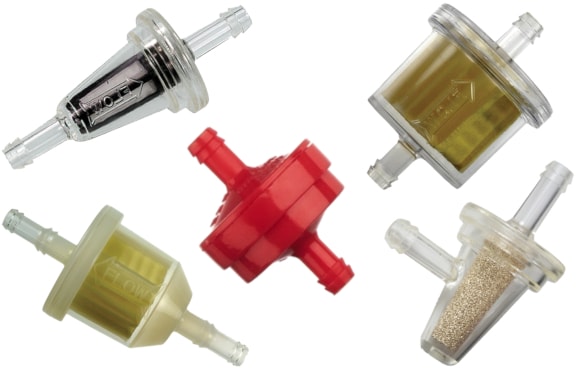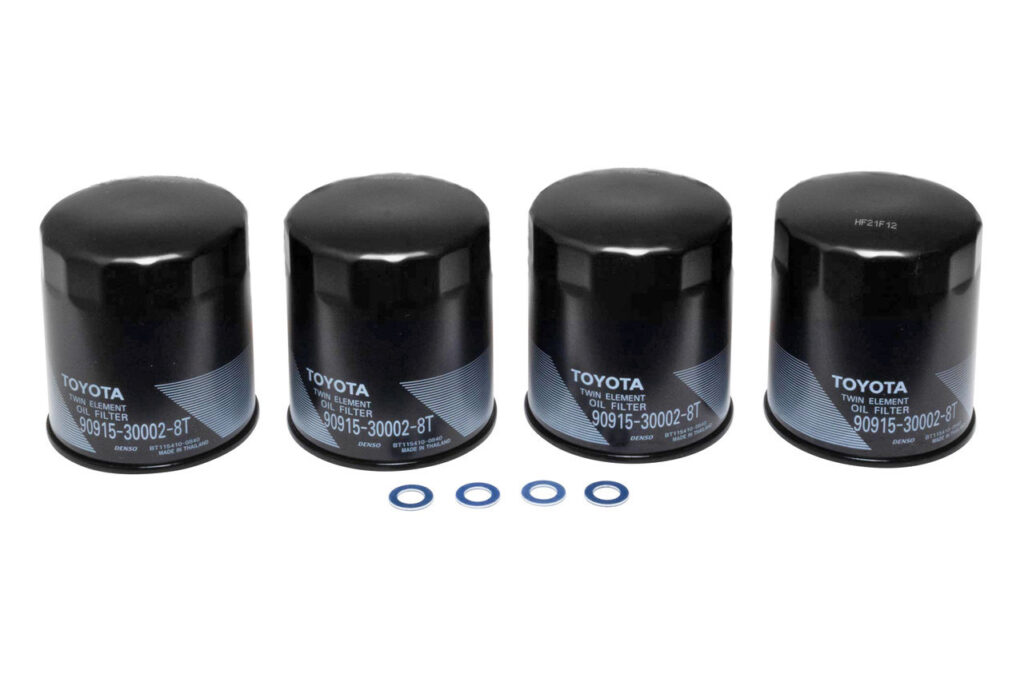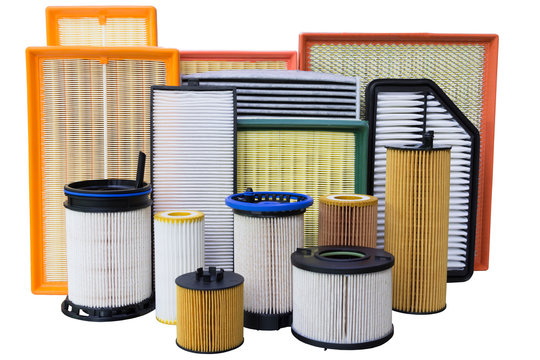Modern cars rely on a variety of components to function efficiently, and among the most important yet often overlooked are the filters. These parts work quietly behind the scenes, ensuring that your car’s engine, cabin, and various systems remain free from harmful contaminants. Car filters play a crucial role in maintaining performance, extending engine life, and enhancing overall driving comfort. Without them, dirt, debris, and pollutants would freely circulate, leading to reduced efficiency, increased wear and tear, and potential system failures.
There are several types of filters in a car, each serving a unique purpose. The engine air filter prevents dirt, dust, and debris from entering the engine, ensuring optimal combustion and fuel efficiency. The oil filter keeps the engine oil clean by trapping impurities, preventing sludge buildup, and protecting engine components from premature wear. The fuel filter ensures that only clean fuel reaches the engine, preventing clogs and maintaining proper fuel delivery. Lastly, the cabin air filter enhances air quality inside the car by filtering out pollen, dust, and pollutants, providing passengers with cleaner and fresher air. Each of these filters requires regular maintenance to keep the car running smoothly and efficiently.
Neglecting car filters can lead to serious performance issues, including reduced fuel efficiency, engine overheating, and increased emissions. A dirty or clogged engine air filter can cause a decrease in power and acceleration, while a neglected oil filter can result in engine damage due to contaminated oil circulation. A clogged fuel filter can lead to engine misfires or difficulty starting the car, and a dirty cabin air filter can compromise air quality, leading to unpleasant odors and respiratory discomfort for passengers. Regularly inspecting, cleaning, and replacing these filters is vital to ensure a car’s longevity and reliability.
In this comprehensive guide, we’ll take a deep dive into the different types of car filters, their functions, signs of wear, and how often they should be replaced. Whether you’re a seasoned car enthusiast or a new car owner, understanding these essential components will help you maintain your car in top condition. Let’s explore everything you need to know about car filters and why they matter for your car’s health and performance.
Here is all you need to know about these filters and their uses:
1. Cabin filters
The cabin filter is mostly found in some of the latest models of cars and has become really popular due to its functions. This filter purifies the air that gets into the air conditioning system in the car or the interior generally, through the heating, airing and air-conditioning system. This prevents dust from entering into the air conditioning and the cabin, thus making the ride a pleasant one. It also helps in preventing allergies for passengers who are easily irritated by dust or have a respiratory health issue.

1.1. Where is the cabin filter located?
This usually depends on the car model. But mostly, you will see it behind the glove box. For some cars, you will find it under the dashboard and this type may not be easily accessible, unlike the one in the glove box. This latter can be accessed by lifting out the glove box from the fasteners. If you are unsure of where it is located in your car, your car manual car will be of enormous help.
1.2. Signs you need to change your cabin filter
Whether you intend to change yours or clean it, the following signs indicate a contaminated cabin air filter:
- reduction in air flow
- Hearing noise from the fan
- Bad odor from it.
- Warning from instruments.
- Clogged filters with particles like leaves, insects etc.
1.3. When is the recommended period to change your cabin filters?
When you experience any of the above-listed issues, you can consider changing your cabin filter. However, during your car servicing, your mechanic can recommend this to you. Some car manufacturers recommend a change after every 12,000 or 15,000 miles or more.
2. Engine or air intake filter
This filter assists in the proper penetration of oxygen into the engine, and also stops insects, sand, dust, etc from entering into the engine. This is so that the mixture of fuel and air can ignite well in the engine. They are mostly made of pleated material, cotton or synthetic foams or paper, and come in different shapes depending on the model of car. They are plates, cylinders or circles in shape.

2.1. Where is the engine/air intake filter located?
Most times, you can find the engine air filter beneath the hood, or inside a rectangular shape cold air collector box near the front engine partition. For some cars with carburetors, the air filters are very visible.
2.2. Signs you need to clean or replace your engine/air filter
- When there are dirt particles in it.
- If it is worn out.
- When there is a change in its color; finding black areas in the center where air enters.

2.3. When is the recommended period to change your engine air filters?
This depends on automakers, for an instant, Chevrolet recommends 45,000 miles, Hyundai says it’s every 30,000 miles or 15,000 miles if it gets severe. Ford also recommends every 30,000 too, but if you are uncertain, inquire from your car technician.
3. Fuel filters
As your car needs fuel to power your engine, the fuel filters assist in preventing impurities from entering into your car’s fuel. Whether your car is a fuel injector model or runs with a carburetor, your car has a fuel filter. It purifies the fuel before it makes contact with the engine. For some new car models, the fuel filter comes with a simple fuel strainer which replaces the complete fuel assembly.

3.1. Where is the fuel filter located?
For you to be able to change or clean your fuel filter, you should know where it is for accessibility. It is often located in between the car’s fuel tank and its engine. If yours isn’t there, you can also check inside the fuel tank around the start of the fuel line. Another place you can check is within the fuel line; at the bottom of your car. If you aren’t sure, your car manual can also be of help.
3.2. Signs you need to clean or replace your fuel filter
- car engine won’t start
- the engine will start, then stop immediately
- Visible clogging and dirt in the screen
3.3. When is it recommended to change your fuel filter?
If you do service your car regularly according to the appropriate schedule, your mechanic should be able to tell you. Nevertheless, old vehicles are recommended at 30,000 km to 60,000 km. For modern cars, as technology is making fuel cleaner, it is possible for it to go up to 100,000 km. Check up on your car manual to be on the safer side.
4. Oil filter
Oil filter aids in removing impurities from your car engine oil. Dirt and impurities are withheld from the car through the membrane material of the oil filter, thus permitting only pure and clean oil to enter into the engine for proper lubrication. There are two types of oil filter; we have the attached metal cans and replaceable paper elements that can fasten in a tube-shaped plastic case.

4.1. Where is the oil filter located?
This varies from one car to the other; it usually can be found beneath the engine and is protected by the under-tray which you have to remove initially. However, for some vehicles it can be placed above it. Using your car manual is advised.
4.2. Signs you need to change your oil filter
- The exhaust has a brown or black color.
- Perceiving a burning odor inside your car.
- General poor performance
- Metallic sound from the engine shows it is clogged.
- Dropping oil pressure gauge.
4.3. When is the recommended period to change your oil filters?
Checking your automaker recommendations for it is highly essential. Some mechanics advise a change of oil filter during every oil change, after every three months or after 3000 miles. Your mechanic can also help in sound recommendations.

